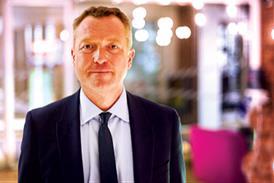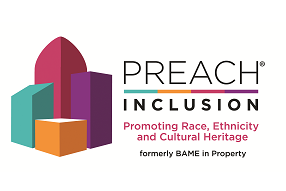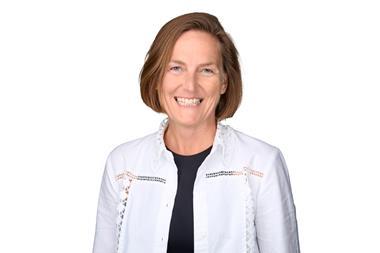The Deaf Architecture Front exists to build a bridge between the deaf community and the architecture industry, to encourage more deaf people into the sector, ensuring that the deaf community has a larger stake in the development of the built environment.
The DAF believes this will result in better, more inclusive, accessible buildings that minimise or eliminate the obstacles deaf people often face simply by using a building – issues that often could easily have been resolved if they had been considered at the design stage.
How does it aim to do this?
By improving access to architectural education for the deaf community and providing visible deaf role models, it hopes to see more practising deaf architects and built-environment professionals, and in turn, more deaf-friendly spaces and building projects.
It is planning to launch programmes and initiatives designed to break down the barriers to education, including building upon the Signstrokes linguistic project, which creates a British Sign Language (BSL) lexicon for architectural terminology and the built environment to benefit the deaf community in education settings and general architectural practice. This would eliminate the need to explain to individual interpreters afresh each time, and free up headspace to focus on work, and be on an equal footing with hearing people, rather than trying to establish signs on the hoof.
Another area of work for DAF will be providing consultation services to universities and other educational institutions, so that they have a better understanding of how to ensure deaf students get the most out of their education. DAF will work with university disability advisers and offer guidance about how to better support and meet deaf students’ accessibility needs. DAF will work with institutions to ensure sufficient preparation ahead of time, including: deaf awareness training; translation of teaching materials into BSL; booking interpreters and note-takers; and securing a teacher of the deaf.
These provisions will support the smooth running of training and university programmes for deaf students. DAF will work to create a holistic approach, aiming to make deaf students’ experience of architectural education much smoother.
DAF is establishing a network of consultants, providing training to deaf people to become consultants who will work with architecture firms and education providers to break down barriers and improve access for deaf people.
You can find full details by visiting the website

































No comments yet